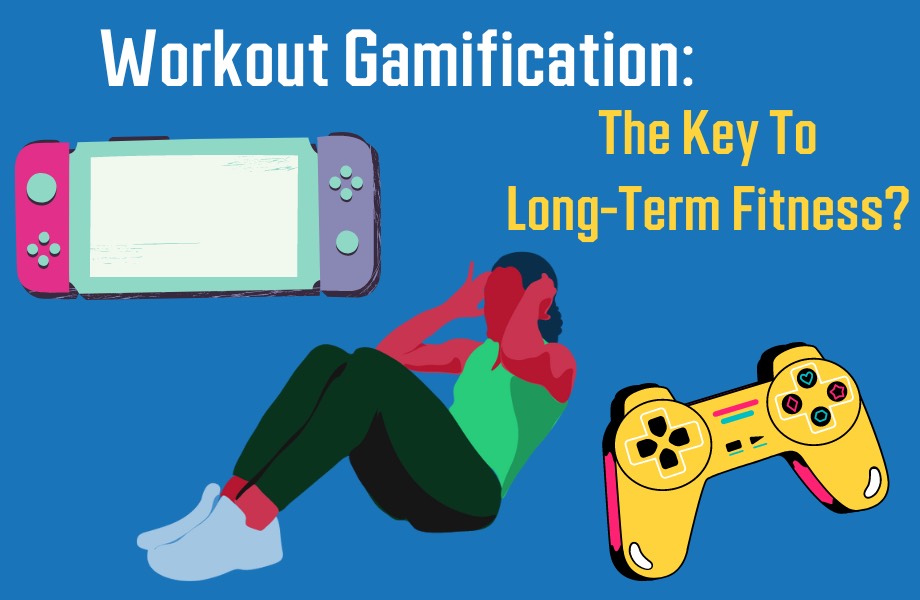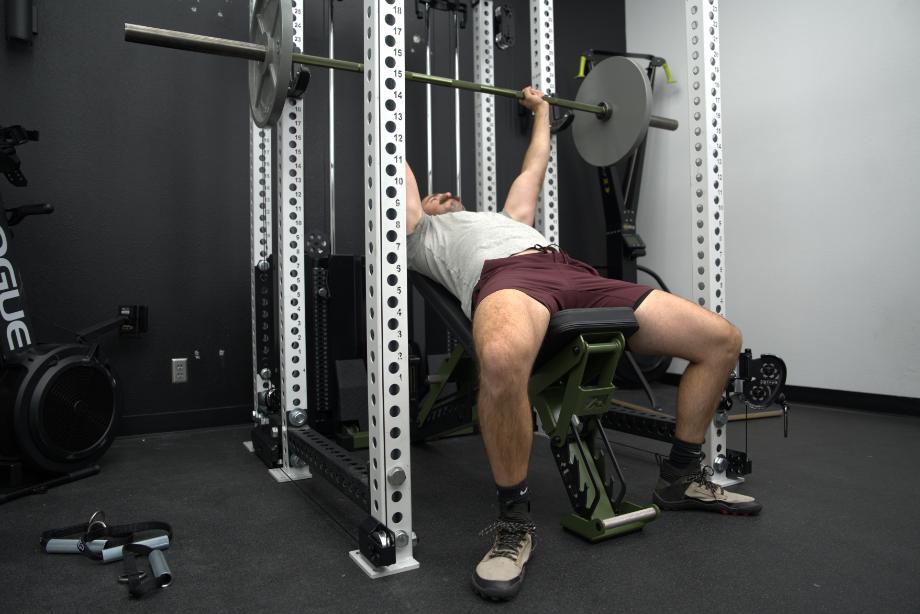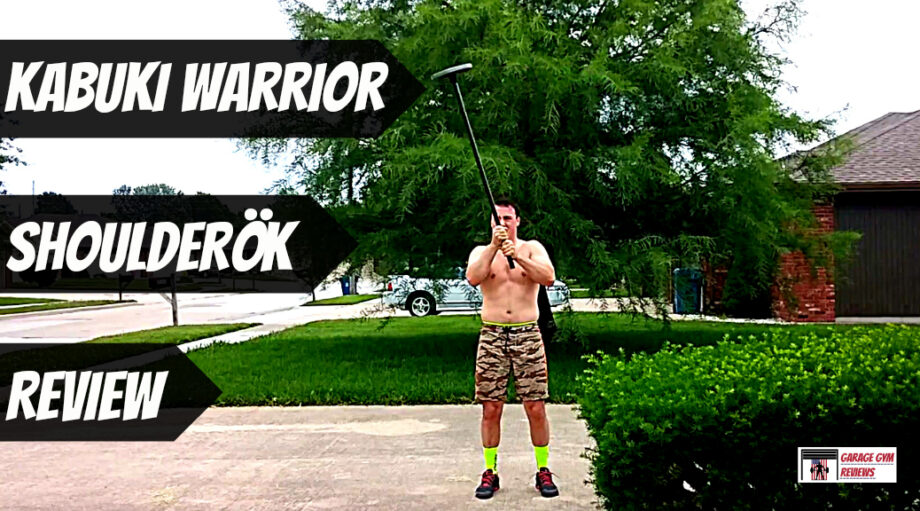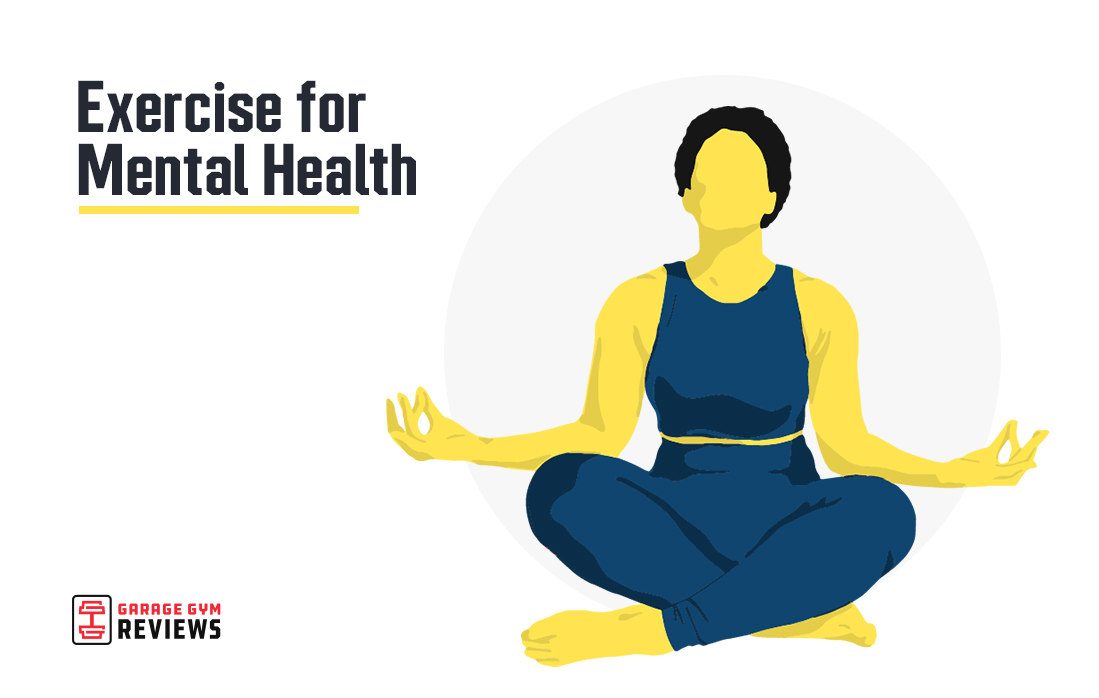Workout Gamification Might Help You Control And Level Up Your Fitness —And Have Fun Doing It!
Have you ever HAD to—AKA been forced to—play a game? Well, besides the time(s) you felt forced to participate in that holiday work party…
According to the Entertainment Software Association (ESA)1, 2 out of 3 Americans play video games at least once a week. If you’re part of that 66%, you likely WANT to play to have fun, escape, unwind, and connect with others.
Interestingly, although the Centers for Disease Control (CDC)2 reports at least 25% of Americans are physically inactive, gaming influencers are just a few of the countless benefits of regular physical activity. If only there was a way to combine exercise and gaming…
Wait, there is! Enter workout gamification, an innovative gaming fitness approach aiming to inspire exercise and turn those “have-tos” into “want-tos.”
So if you’re wanting to take control of your health in a fun way, first set down the Nintendo controller. Next, plug into all things workout gamification and learn how to uplevel your fitness!
Gamified Rower
Ergatta Luxe
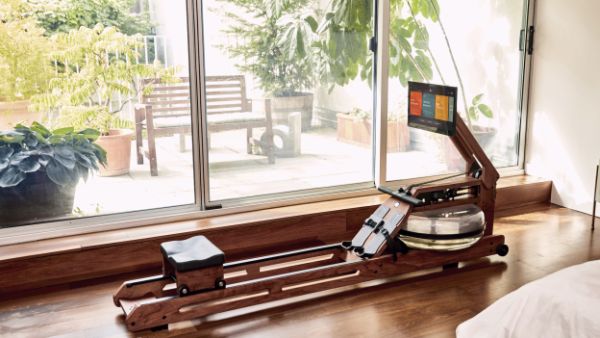
Product Highlights
- Water resistance rower
- Aesthetically pleasing
- Crafted from cherry wood
- Gamified programming
- Can be stored vertically
Pros & Cons
Pros
- Smooth rowing experience
- Lots of useful data
- Aesthetic style
- Gamified programming
Cons
- Water has to be replaced every so often
- Resistance cannot be changed
Bottom Line
This machine is aesthetically-pleasing (which is an often overlooked attribute for equipment that lives in peoples homes) and the programming is interesting and engaging. If you’re looking for a water-powered rowing machine and want programming that’s different from what’s typically offered, you'll be a fan of the Ergatta.
What Is Workout Gamification?
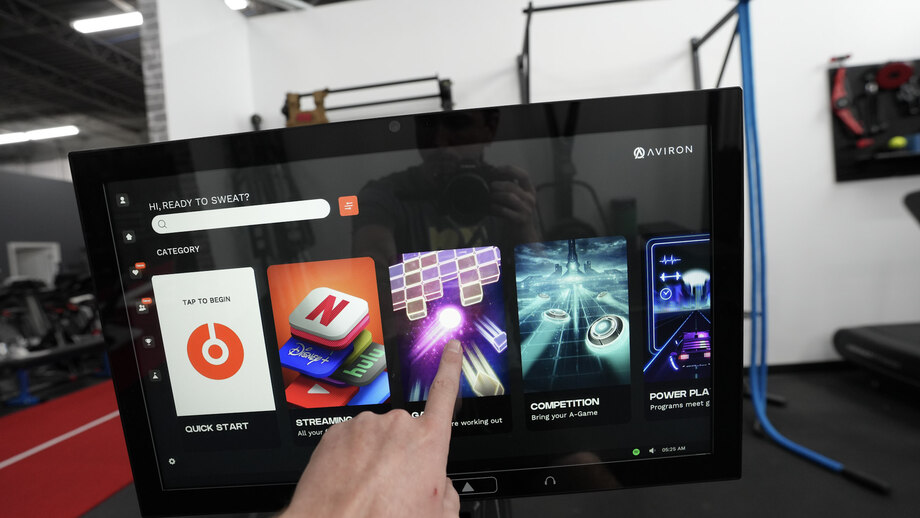
According to a 2023 review published in Informatics in Medicine Unlocked3, the concept of “gamification” originated in the digital media industry in 2008. The widely accepted definition of gamification is “the use of game design elements in non-game contexts” thanks to gamification researcher Sebastian Deterting4 and other team members.
But gamification has been and continues to be redefined, leaving consumers and marketers confused and with questions. In fact, Brian Burke explains that Gartner, Inc. redefined gamification as “the use of game mechanics and experience design to digitally engage and motivate people to achieve their goals” but critics argue gamification does not require a digital component.
Confusion aside, workout gamification is loosely defined as the integration of gaming elements in exercise routines and activities. And perhaps the definition is not nearly as important as the workout gamification goal: To motivate people to exercise and have fun doing so!
Workout gamification also tends to be used interchangeably with the concepts of “exergames” and active video games. However, there are differences between them.
Workout Gamification, Exergames, And Active Video Games
The combination of exercise and games, an exergame relies on technologies to promote healthy behaviors according to ScienceDirect5. Exergame is also known as an active video game (AVG), a category of video games that require movement or physical exertion to play the game, according to 2020 research published in the International Journal of Environmental Research and Public Health6.
Since gamification applies game design elements in non-game contexts, including fitness, exergames and AVGs are technically not a form of workout gamification. A 2017 review in the Proceedings of the 50th Hawaii International Conference on System Sciences7 also suggests games applying “exergamification,” or the incorporation of gaming elements in exergames, did not focus on gamification design principles and guidelines.
Despite the lack of concrete rules and structure of these related terms, they still have one core goal: to inspire people to be more active!
And because workout gamification and exergames prove to be beneficial and we support all forms of exercise, we want to explore and credit gamifying fitness as a whole! But how does it work?
How Does Gamifying Fitness Work?

Gamifying fitness blends key gamification elements—like points rewards, levels, stories, and challenges—in various applications. As you’ll soon learn, gamifying fitness can be as simple as counting your push-up reps to running away from Zombies (sort of)!
Commonly Used Workout Gamification Elements
Researchers of a 2018 study published in the American Journal of Health Promotion8 downloaded and reviewed the top 50 ranked free health fitness applications. They identified goal setting, social influences, and challenges as the most commonly used key elements.
However, a more recent 2023 systematic review published in Internet Interventions9 proposes the most common gaming elements in fitness and other healthcare applications include points, leaderboards, unlockable content, levels, badges, and challenges/quests.
It’s important to note many, if not all, of these gamification elements do not exist as separate entities and tend to overlap in application. For instance, rewards are often used in the form of points, badges, and levels after completing a task or meeting a goal. Leaderboards can also spur social influence, while points may provide performance feedback and motivate exercisers to meet their goals.
Common Workout Gamification Applications

Fitness gamification elements are used in various gamification applications, including analog workouts to tech-heavy gaming systems.
Analog Workout Gamification
Analog gamification is essentially a way to gamify fitness without the need and use of advanced-tech devices. Simple, yet effective analog workout gamification methods can be an individual or group effort. Here’s some inspo to get you started:
- Individual workout: Track and work towards running your fastest mile yet, rewarding yourself with a new pair of running shoes or another incentive once you meet your predetermined goal.
- Individual workout with friendly competition: For those who are self-motivated to exercise but enjoy friendly competition, challenge others and see who can accumulate the most push-ups throughout the week (scout’s honor). The winner gets to pick the next challenge or choose where to gather for dinner!
- Group workout: Create a workout, such as a rep-based workout, and see who can complete it the fastest. Group workouts can also be a family affair with fun family workouts for all ages. (Reward not required but recommended if incentive-driven!)
Truly, you can be as creative or simple as you wish. The bottom line is the primary goal of workout gamification: to make sure the workout is enjoyable!
Gamification In Fitness Classes
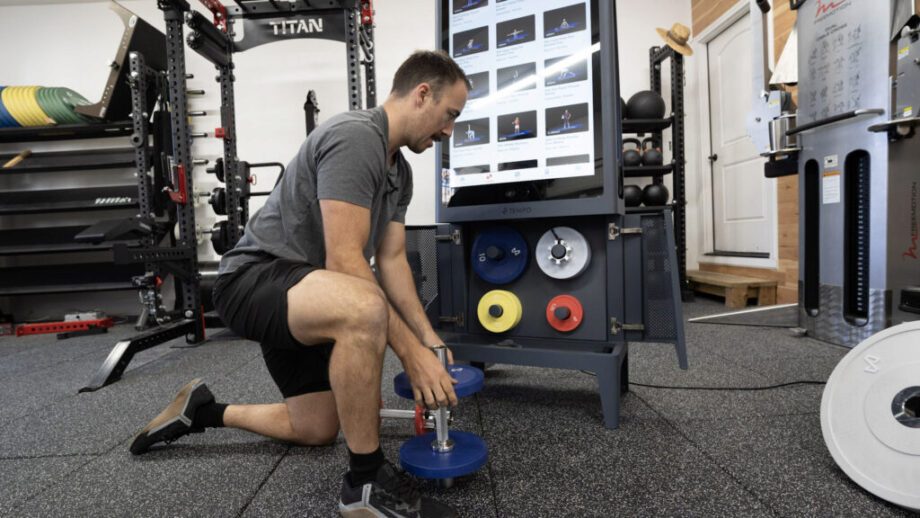
Over 40% of gamers claim they like to play with others1 and participating in fitness classes can provide that community feel, as well as a touch of competition! Fitness classes can also be completed at the gym or in the comfort of home!
How fitness classes gamify varies but Orangetheory Fitness is a great example, as leaderboards showcase the progress of each exerciser to enhance motivation. Planet Fitness and other gyms offer reward points with each check-in, which members can redeem for a free month of dues, discounts, and other incentives.
Also, because people like to feel as if they are contributing to the greater good and bigger picture, some gyms and organizations challenge members to work out for a cause. Participants may receive prizes as individual or group fundraising goals are met.
Gamified Fitness Equipment
Of course kettlebells, barbells, jump ropes, and other more traditional fitness equipment can be gamified in countless ways. However, some higher-end pieces of fitness equipment offer integrated gamification.
Innovative and interactive fitness equipment often offer interactive fitness classes but others gamify exercise in different capacities.
One great example of this is the Aviron line of rowing machines. Aviron implements gamification on gorgeous HD touchscreen displays, and exercises can play a variety of video games or take part in challenges on the rower. Read our full Aviron Strong Series rower review to learn more about these products.
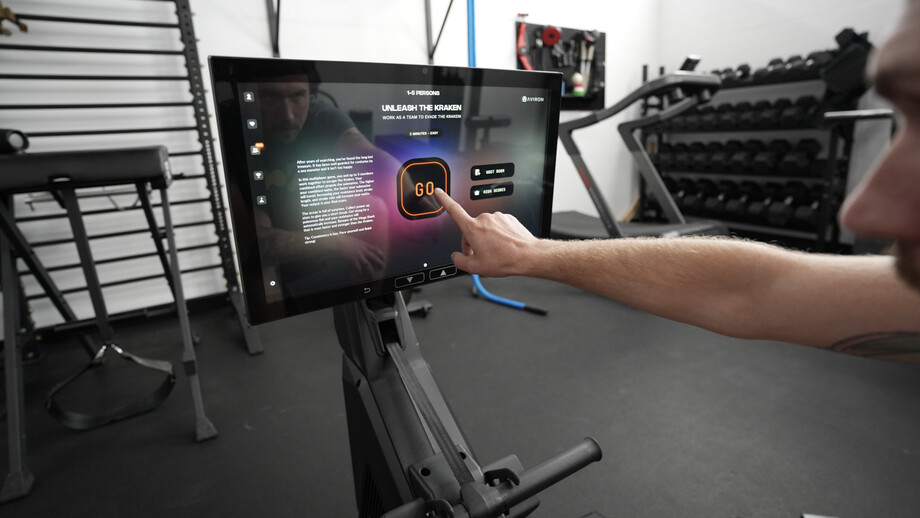
Fitness Trackers
Fitness trackers can be as simple as a wearable pedometer to track daily steps. And they can also be as robust as tracking heart rate and location via GPS, amongst other perks.
Gamification of activity tracking mostly depends on the chosen device. For instance, if using a simple pedometer, challenge yourself and others to weekly walk competitions.
More intricate activity trackers often offer gamified options such as daily activity streaks and push notifications for reminders to stand and/or be active. Most fitness trackers also sync to gamified fitness apps.
Gamified Fitness Apps
Fitness apps commonly pair with fitness trackers and are often used on mobile and/or computer devices. Considering 70% of gamers prefer gaming on smartphones1, gamified exercise apps are a suitable option for most!
How fitness apps gamify their workouts varies but most track progress and build a community. For instance, Strava is a cycling and running app that tracks workout sessions and incorporates social networking features. Zwift is another popular app that allows runners and cyclists to explore immersive worlds and countless routes on solo or group adventures.
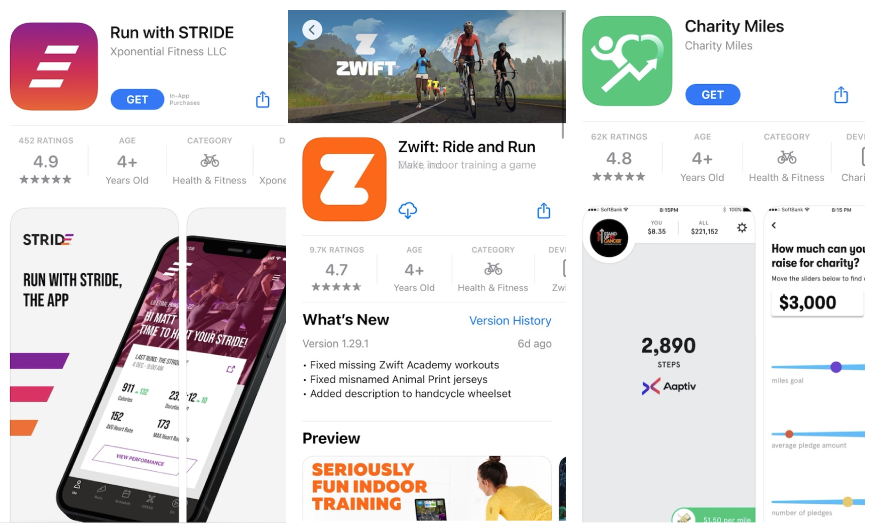
If walking (without Zombies) for rewards is more your speed, Sweatcoin might be worth making space on your phone’s homepage. Earned rewards can be spent on tangible goods, donated to various causes, and converted into Cryptocurrency.
Apps like Future, also recognized as one of the best online workout programs, are portable personal training and integrate gamification components. The app provides customized workouts based on set goals and available equipment while providing support and accountability.
Active Gaming Systems and Consoles
Gone are the days of simply using your thumbs to rescue Princess Peach Toadstool. In this day and age, active gaming systems bring the virtual world to (almost) real life often using virtual reality gadgets.
Popular active gaming systems like Oculus get the heart pumping with innovative and traditional activities, including slashing small cubes to your favorite beat and punching with trainer-led boxing. Wii’s portable cousin, the Nintendo Switch, also encourages exergaming on-the-go.
Whether you prefer golfing, Zumba-ing, or anything in between, there’s likely to be an exergame for you. If not available just yet, hang tight—the evolution of exergaming continues to evolve!
Proven Benefits of Workout Gamification

Gamifying fitness sounds beneficial in theory, but does research prove any benefits of workout gamification? Let’s take a look!
Influences Engagement
Gamification can positively influence engagement and physical activity, even if the app wasn’t originally intended to do so. Pokémon GO might be the poster child of using gamification, as the game naturally engages players as they travel between the real world and the virtual world of Pokémon and try to catch them all!
A 2016 study published in the Journal of Medical Internet Research10 shows engaged Pokémon GO players increased their activity by almost 1,500 steps a day on average. This was more than 25% increase compared with their prior activity level.
Increases Accelerometer Use
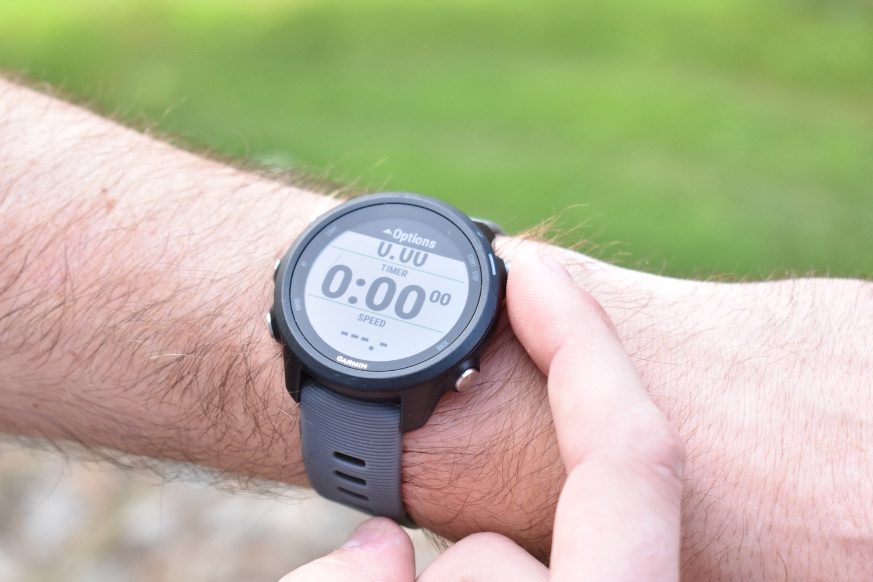
While a fitness tracker can spur exercise motivation in and of itself, gamifying an accelerometer shows to increase physical activity levels of sedentary office workers according to a 2018 study published in the Journal of the American Heart Association11.
Researchers provided a Fitbit Zip to sedentary office workers and then randomized them into two groups: One group solely used the Fitbit while the other integrated Fitbit with MapTrek, a mobile app created with the purpose to promote physical activity in a fun and interactive format through virtual maps and text messaging.
Compared to the Fitbit-only group, those interacting with MapTrek averaged 2,200 steps more per day! Overall, the data suggests the participants thought the gaming aspect was fun and easy to play while motivating them to be more active and wear their Fitbit more.
Bolsters Mental Health

The benefits of exercise for mental health are well-known, and even sedentary gaming can positively impact cognition, suggests a 2018 study in Scientific Reports12. When combined, you can likely already imagine how powerful active gaming can be!
A 2020 systematic review published in the International Journal of Environmental Research and Public Health13 hints virtual reality exercise could ease fatigue, tension, and depression plus induce calmness, and enhance the quality of life.
A 2017 meta-analysis from Neuroscience & Biobehavioral Reviews14 suggests exergames can improve cognition, including significant effects on executive functions, attention, and visuospatial skills.
The 2018 study in Scientific Reports examined the impact of adding narrative to active video games. Active gaming improved overall working memory compared to sedentary gaming, while adding narrative led to better response accuracy in working memory.
Benefits All Walks Of Life
Regular physical activity benefits people from all walks of life and active gaming is shown to as well. The 2020 review from the International Journal of Environmental Research and Public Health6 suggests exergaming can effectively improve physical activity in younger populations, which aligns with a 2018 review15 proposing exergaming has the potential to improve health by increasing physical activity.
The 2020 review suggests that virtual-based exercise can benefit people with various health conditions, including chronic stroke, hemodialysis, spinal-cord injury, cerebral palsy in early ages, and cognitive decline.
Researchers of a 2011 study16 assessed if video game-based exercise could improve balance in the elderly of six weeks. The research showed videogame-based exercise programs improved balance, which might be credited to the fact they were highly motivated to do balance exercises because they found gaming challenging and enjoyable.
A 2018 meta-analysis published in the Journal of Medical Research17 examined the social effects of exergames on older adults. The data suggest exergaming can enhance social well-being, reduce loneliness, and increase social connection and positive attitudes towards others. The paper also provided implications for health care researchers and exergame designers.
Overall, because gamification shows to increase activity levels, it’s pretty safe to assume gamifying fitness can offer tremendous benefit for all exergamers.
How to Gamify Your Own Workouts

Excited to take control of workout gamification but can’t quite locate the “start” button? Whether new to fitness or looking for an innovative workout approach, here’s how to gamify your fitness!
Accommodate Your Fitness Level
Identifying and honoring your current fitness level can guide you in choosing which method of workout gamification might be best for you. (It also keeps you safe and in the workout game for the long haul!)
For instance, beginners might benefit most from using classes and apps guided by a personal trainer or instructor. This could be in-person at a gym or even at home, as equipment like the Tonal smart home gym supports members with a personal trainer.
As you start feeling more comfortable, confident, and inspired in your workouts, “take off the training wheels” and consider exploring other gamification methods. Just like in games, you can take your fitness to the next level!
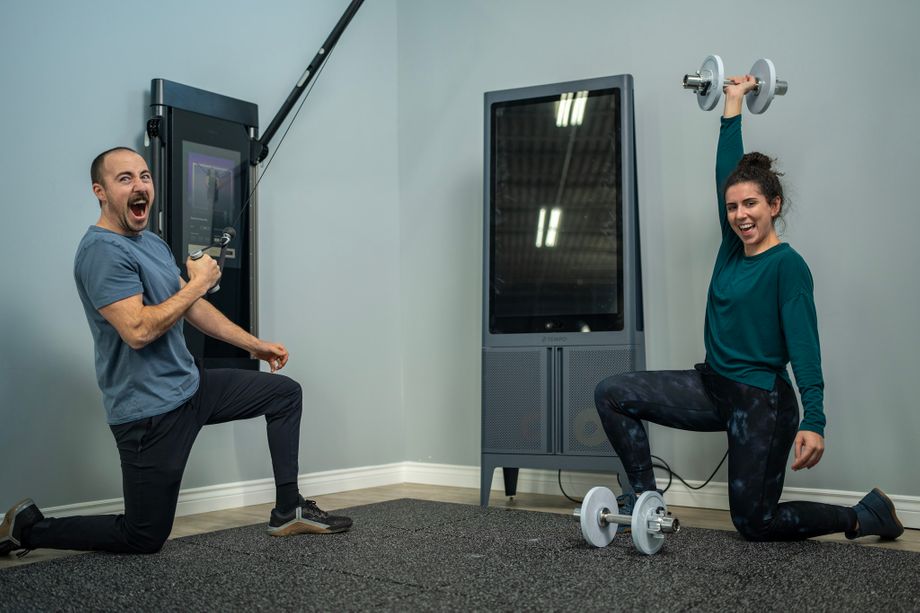
Consider Your Budget
Cost is a common exercise barrier, so considering your budget is recommended for success. The good news is there’s a way to gamify fitness (and exercise for that matter) to accommodate any financial situation!
For exercise gamification on a budget, take advantage of free or low-cost apps. To cut costs even more, explore fun analog workout gamification methods such as a walking scavenger hunt or coordinated a 5K run for some friendly competition.
If you’re willing to splurge a bit more, consider purchasing an activity tracker—even some of the best fitness trackers cost less than $100! Home gyms can also be built with any budget with countless opportunities for gamification, although the biggest takeaway is the gym is stocked with equipment you’ll actually use and enjoy.
Companies like Rent-A-Center have also made renting video consoles and games a possibility. Renting is a great tactic to use before spending your hard-earned dollars on costlier products.
Truly, no matter the budget, the biggest investment you can make is in your health. How you choose to invest in your fitness does and should not be financially dependent!
Set Goals And Track Progress
Goals are a big fixture of gamification, as working towards and achieving them spurs major motivation! Reflect on what you want to accomplish on your fitness journey, whether it be increasing your daily step count or biking your first 50-mile bike ride
After setting your goals, it’s important to determine which metrics to track and how you’ll do so. Tracking progress is an essential step of the process and can be done in many ways, including tallying daily steps, although leaning on your gaming motivators is the next critical step.
Lean On Your Gaming Motivators

A gentle nudge from a fitness tracker might motivate some, although others might need a more aggressive reminder than a push notification. So, consider what gaming motivators spark your energy the most and lean on them, especially when your body is yearning for activity but your mind is tempting you with Netflix.
If unsure about your gaming motivators, you first might consider if you prefer solo workouts or a social setting. If you enjoy working out in solitude, then explore if tally tracking with pen and paper or boosting the progress bar on a fitness app best motivates you.
If a social setting lights your exercise shoes on fire, next contemplate if you merely like collaboration or competition. Does a virtual fitness class with others across the world excite you or would you rather have in-person camaraderie?
The answers to these questions are great starting points, but also know your motivators can change! While you might initially be motivated by competition, you could start to mellow towards a more collaborative approach. Because while it’s important to identify your motivators, it’s more important to honor them.
Choose What You Enjoy (While Being Open-Minded!)
If you don’t enjoy running and the thought of Zombies keeps you up at night, “Zombies, Run!” might not be your cup of exercise tea. The good news is with limitless ways to gamify fitness, there’s sure to be one (or many) that you’ll be excited to play time and time again.
Overall, choose what you enjoy the most but likewise allow yourself to be open-minded. While you might’ve once thought Nintendo’s Mario Brothers running was your game exercise of choice, one look into the almighty Tonal could open and change your mind!
Final Thoughts: Workout Gamification
Whether you’re looking to take control of your fitness journey or shake up your current workout routine, try gamifying your exercise efforts. Workout gamification shows to enhance motivation and enjoyment, which is essential for reaping the long-term benefits of exercise.
Workout gamification is highly customizable to best suit your needs and preferences, including your personal budget and motivators. Enjoy solo play or challenge your friends, coworkers, family members, or even virtual players from around the world to some friendly competition.
No matter how you choose to gamify your workouts, the primary goal is to enhance the fun and joy of exercise to enable a sustainable fitness routine. Workout gamification should also turn exercise from a “have-to” to a “want-to!”
FAQs: Workout Gamification
What are some examples of gamification for exercise?
Examples of exercise gamification include various app-based workouts, fitness equipment, exergaming consoles, and even analog (non-digital) methods. These various applications integrate common gamification elements like points, rewards, leaderboards, and competition.
What is the best way to gamify exercise?
The best way to gamify exercise is by considering your personal goals, needs, and, most importantly, what you enjoy most. Fortunately, there are just about infinite options to gamify exercise!
If you enjoy working out in a group setting, consider taking fitness classes or inviting others to join you. If you don’t so much enjoy structured workouts, the Nintendo Switch or another exergaming system might be a fun way to gamify physical activity.
Who can benefit from workout gamification?
People from all walks of life can benefit from workout gamification! A bounty of research supports gamifying fitness offers perks to children, adolescents, and younger and older adults. Fitness instructors can also benefit from gamifying workouts to keep their clients engaged and motivated.
Those who might not enjoy more traditional routes of exercise, such as running and weight lifting, can immensely benefit. Not only are they reaping the benefits of exercise, but they might be having so much fun they don’t even realize they’re exercising!
References
- Entertainment Software Association. Essential Facts About the Video Game Industry. 2023.
- Centers for Disease Control and Prevention. Adult Physical Inactivity Prevalence Maps. 2023.
- Al-Rayes S, Al Yaqoub FA, Alfayez A, et al. Gaming elements, applications, and challenges of gamification in Healthcare. Inform Med Unlocked. 2023;31:100974. doi:10.1016/j.imu.2022.100974
- Deterding S, Khaled R, Nacke L, Dixon D. Gamification: Toward a definition. Proceedings of CHI 2011 Workshop Gamification: Using Game Design Elements in Non-Game Contexts. 2011. 6-9.
- ScienceDirect. Exergames – an overview.
- Williams WM, Ayres CG. Can Active Video Games Improve Physical Activity in Adolescents? A Review of RCT. Int J Environ Res Public Health. 2020;17(2):669. doi:10.3390/ijerph17020669
- Matallaoui A, Koivisto J, Hamari J, Zarnekow R. How Effective Is “Exergamification”? A Systematic Review on the Effectiveness of Gamification Features in Exergames. Proceedings of the 50th HICSS. 2017. 3316-3325.
- Cotton V, Patel MS. Gamification Use and Design in Popular Health and Fitness Mobile Applications. Am J Health Promot. 2019;33(3):448-451. doi:10.1177/0890117118790394
- Johnson D, Deterding S, Kuhn K-A, Staneva A, Stoyanov S, Hides L. Gamification for Health and Wellbeing: A systematic review of the literature. Internet Interv. 2016;6:89-106. doi:10.1016/j.invent.2016.10.002
- Althoff T, White RW, Horvitz E. Influence of Pokémon Go on Physical Activity: Study and Implications. J Med Internet Res. 2016;18(12):e315. doi:10.2196/jmir.6759
- Gremaud AL, Carr LJ, Simmering JE, et al. Gamifying Accelerometer Use Increases Physical Activity Levels of Sedentary Office Workers. J Am Heart Assoc. 2018;7(13). doi:10.1161/JAHA.117.007735
- Hwang J, Lu AS. Narrative and active video game in separate and additive effects of physical activity and cognitive function among young adults. Sci Rep. 11020 (2018). https://doi.org/10.1038/s41598-018-29274-0
- Qian J, McDonough DJ, Gao Z. The Effectiveness of Virtual Reality Exercise on Individual’s Physiological, Psychological and Rehabilitative Outcomes: A Systematic Review. Int J Environ Res Public Health. 2020;17(11):4133. doi:10.3390/ijerph17114133
- Stanmore E, Stubbs B, Vancampfort D, de Bruin ED, Firth J. The effect of active video games on cognitive functioning in clinical and non-clinical populations: A meta-analysis of randomized controlled trials. Neurosci Biobehav Rev. 2017;78:34-43. doi:10.1016/j.neubiorev.2017.04.011
- Benzing V, Schmidt M. Exergaming for Children and Adolescents: Strengths, Weaknesses, Opportunities and Threats. J Clin Med. 2018;7(11):422. doi:10.3390/jcm7110422
- Lamoth CJ, Caljouw SR, Postema K. Active video gaming to improve balance in the elderly. Stud Health Technol Inform. 2011;167:159-164.
- Li J, Erdt M, Chen L, Cao Y, Lee SQ, Theng YL. The Social Effects of Exergames on Older Adults: Systematic Review and Metric Analysis. J Med Internet Res. 2018;20(6):e10486. Published 2018 Jun 28. doi:10.2196/10486


